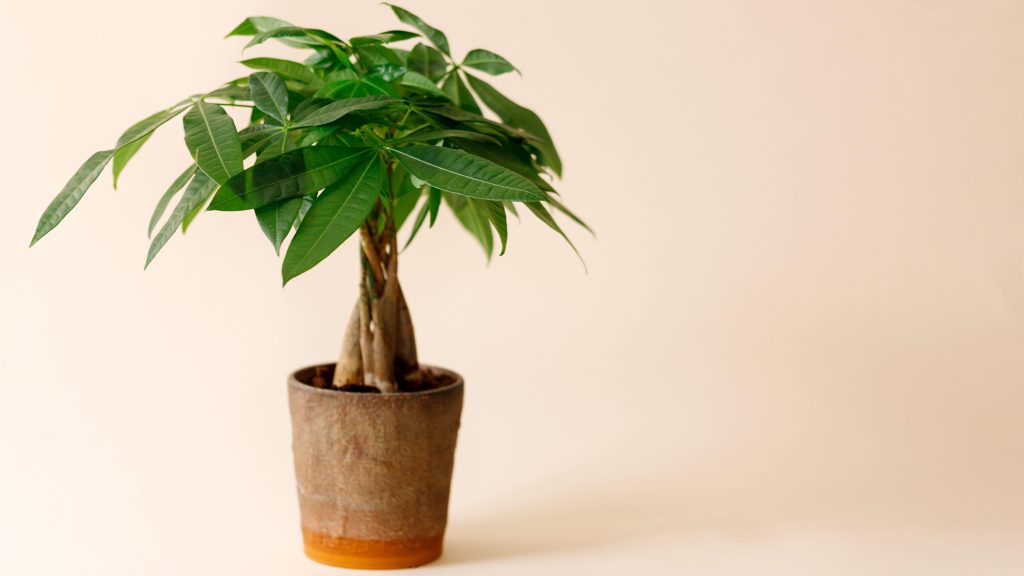While Money Trees are originally native to the wetlands of Central and South America, they are also widely grown in Japan and East Asia. “As the story is commonly told, it was a Taiwanese truck driver who first cultivated the plant and helped it become so popular,” says Andrew Bunting, vice president of horticulture with the Pennsylvania Horticultural Society. Bunting adds that while the legend of the money tree may sound like something that dates back centuries, its cultivation really only goes back to the 1980s. The braided trunk is not a natural feature, but one added by cultivators who grow them in nurseries. While the Money Tree is young, and its trunk is still green, it is braided before it hardens. According to superstition, the braided trunks are said to have trapped fortune within each fold, and the five leaves on each stalk represent the five elements: fire, water, earth, wind, and metal. Money Trees can grow up to 60 feet in their natural habitat—but significantly smaller at 6-8 feet when raised indoors. The Money Tree has no known toxic properties and is pet safe!
Money Trees thrive in bright, indirect sunlight.
Water with filtered or rain water when soil is 50%-75% dry.
Money Trees will do best in temperatures between 65-75°F, and in environments with humidity between 40%-60%.
To propagate, take a stem, or leaf cutting, and place in water in a bright, sunny place. Once adequate roots have developed, it can be transferred to soil.
This is likely due to improper watering. By the time you notice, it’s often too late to save the affected stem. Separate the dead stem from the rest, using a pair of pruners to cut the stem into sections can help make removal easier.
